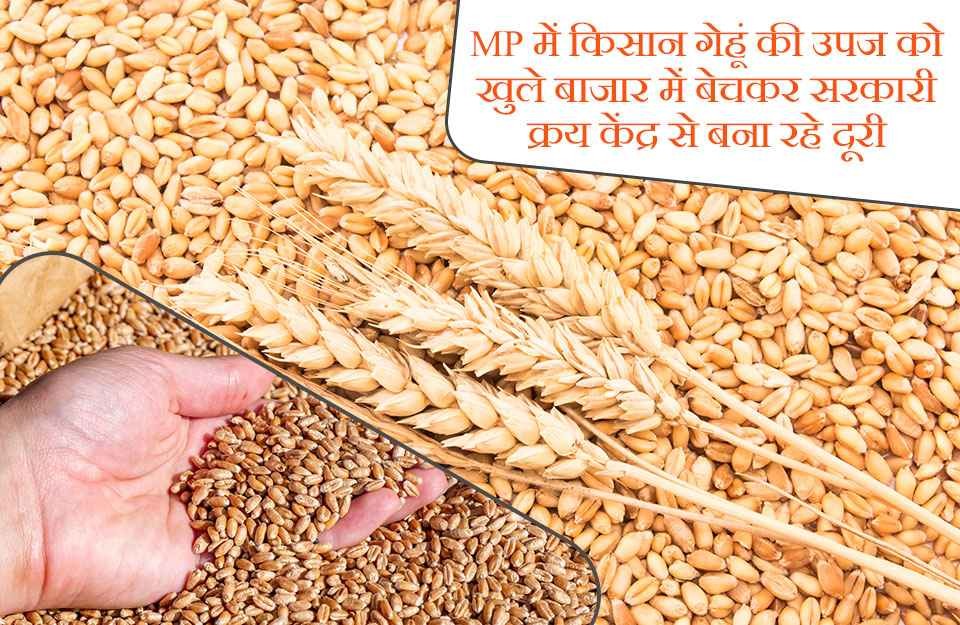
In Madhya Pradesh, wheat prices in open markets and mandis are higher than the Minimum Support Price (MSP). As a result, farmers are choosing to sell their produce in the open market rather than at government procurement centers, allowing them to earn better profits. This has led to a decrease in the amount of wheat being brought to government centers, affecting the overall procurement. By May 15, the government centers aimed to procure around 8 million metric tons of wheat, but they had only purchased about 4.2 million metric tons. Wheat procurement at government centers started on March 15 and will continue until May 20.
According to a report, farmers prefer selling their produce in the open market because they receive immediate payment, whereas selling at government centers requires a wait of 10 to 15 days. Additionally, some farmers have reported that even without having a Kisan Credit Card loan, committees have deducted money from the sale price at government centers. This has led many farmers to choose the open market for quicker and hassle-free transactions.
As of April 1, the wheat stock was approximately 16.7 million tons. The government has set a target to procure about 37.29 million metric tons for the 2024-25 Rabi Marketing Season (RMS). However, officials estimate that the actual procurement might reach 31-32 million metric tons. Wheat procurement has slowed down in major producing states like Uttar Pradesh, Bihar, Rajasthan, Punjab, and Haryana.
Initially, the government was purchasing wheat at ₹2,400 per quintal, which included an MSP of ₹2,275 and a bonus of ₹125. However, due to the wedding season, farmers could not afford to wait long for payments from the procurement committees. Therefore, they opted to sell their produce in the open market. It is estimated that around 60% of the wheat was sold in the open market.